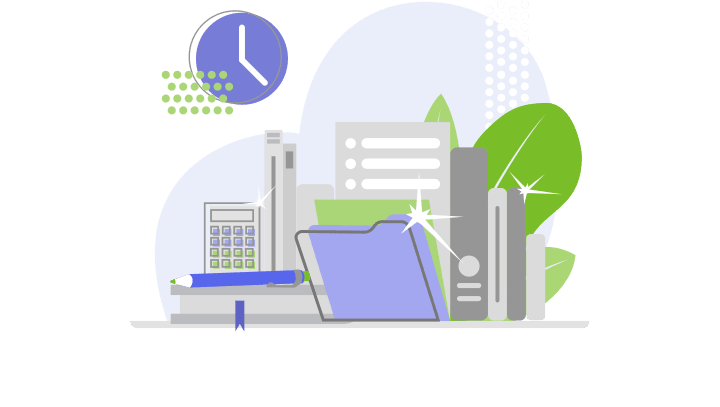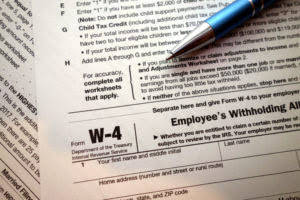The straight line amortization method is one method of calculating how the premium or discount on bonds payable should be amortized to the interest expense account over the lifetime of the bond. The amortization of bonds is a process where the premium or discounted amount is assigned to the payment of interest of each period of the validity of the bond. The bonds can issue a discount or premium at par when the interest rate of the market is either higher or lower than the bond’s coupon rate. A bond is sold at a premium when its coupon rate is higher than prevailing interest rates, meaning investors are willing to pay more than the bond’s face value. The premium amount represents the extra amount above par that the bondholder pays to receive higher interest payments.

How Cynthia Went from Failing 6 Times to Passing the CPA Exam in 6 Months

The effective-interest method to amortize the discount on bonds payable is often preferred by auditors because of the clarity the method provides. Interest expense is calculated as the effective-interest rate times the bond’s carrying value for each period. The amount of amortization is the difference between the cash paid for interest and the calculated amount of https://samwatsonproperty.co.uk/tax-and-business-support/ bond interest expense.
The Difference Between the Effective Rate Method and the Straight-Line Method
- The carrying value is the value on the basis of which the true cost of the fund is calculated.
- An amortized bond is different from a balloon or bullet loan, where there is a large portion of the principal that must be repaid only at its maturity.
- If there’s a capital loss at the sale, it’s potentially deductible (like any other capital loss).
- This is considered the bond premium or trade premium because the bond cost more for you to purchase than it is actually worth.
- The table will show your monthly payment, how much of it will go toward your loan’s principal balance, and how much will be used on interest.
The interest expense recognized will be higher over the shorter period. These fees include payments to attorneys, accounting firms, and securities consultants. These costs are referred to as issue costs and are recorded in the account Bond Issue Costs. Beginning in 2016, the unamortized amount of the bond issue costs are reported as a deduction from the amount of the liability bonds payable. Over the life of the bonds the bond issue costs are amortized to interest expense.
Cash Flow Statement
- However, even for these bonds, the premium still needs to be amortized.
- The entries for 2024, including the entry to record the bond issuance, are shown next.
- From the bond amortization schedule, we can see that at the end of period 4, the ending book value of the bond is reduced to 120,000, and the premium on bonds payable (2,204) has been amortized to interest expense.
- Remember, the calculator will not tell you the entries for the last column (remaining discount to be accumulated), so you will need to complete this column manually.
- The bond was purchased when there was three years to maturity and the yield rate was latex5\%/latex.
Interest expense is a constant percentage of the bond’s carrying value, rather than an equal dollar amount each year. The theoretical merit rests on the fact that the interest calculation premium bond amortization table aligns with the basis on which the bond was priced. With the figures given above, the monthly payments are $1,073.64, which works out to be $12,883.68 per year.
Discount Purchase
Notice that the effect of this journal is to post the interest calculated in the bond amortization schedule (10,363) to the interest expense account. In effect, because the bonds were issued at a premium and the business received more cash than the par value of the bonds, the cost (interest) to the business is reduced each period by the amount of the premium amortized. The effective interest method involves preparing a bond amortization schedule to calculate the interest expense based on the market rate at the time the bond was issued and the bonds book value. This interest expense is then compared to the actual interest payment based on the face value of the bond and the bond rate, and the difference gives the amount to be amortized to the interest expense account. When a bond is purchased for more than its face value, the result is a premium. For example, suppose an investor pays latex\$1,050/latex for a latex\$1,000/latex face value bond.
The date of the bond is January 1, 2024 and it matures on December 31, 2028. The bond will pay interest of $4,500 (9% x $100,000 x 6/12 of a year) on each June 30 and December 31. The difference between the present value of $67,600 and the single future principal payment of $100,000 is $32,400.


The constant yield method amortizes the bond premium by multiplying the purchase price by the yield to maturity at issuance and then subtracting the coupon interest. However, to use and modify you may need to learn or Mental Health Billing know about accountancy. Or, you know about financial management regarding bonds and securities.
What are Bonds?

An identical process is followed if the bonds are issued at a discount as the following example shows. As the bond reaches maturity, the premium will be amortized over time, eventually reaching $0 on the exact date of maturity. Payments period is set on every 6 months, so the Payment schedule will be doubled after the maturity years field. Using the “mayhammer,” you’ll find answer choices A, B, and D all to be correct.